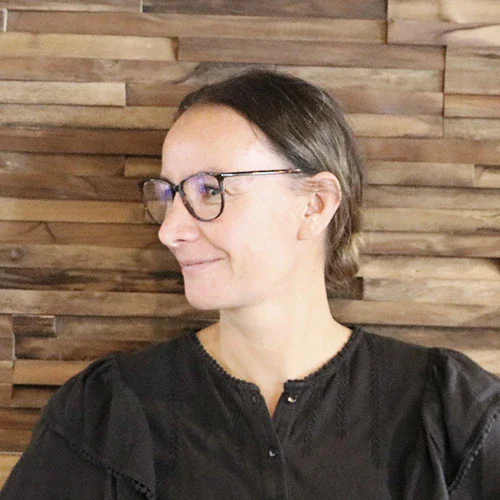Our path to climate neutrality
What does sustainability mean – and why is it so important?
In times of climate change, sustainability has become a crucial buzzword. But the idea behind sustainable action is far from new. The principle comes from forestry, where it means harvesting only as much wood as can naturally regrow in order to preserve the forest for future generations. A vital step in this direction is reducing CO₂ emissions.


What does it mean to be a climate-neutral company?
No matter how sustainable and efficient a company operates, it always generates CO₂ emissions and leaves a carbon footprint. Climate protection means accounting for all emissions resulting from work activities – from electricity and heating to employee commutes and hardware disposal. The goal is to continuously reduce or, where possible, avoid these emissions. To become climate neutral, a company offsets its remaining emissions by financially supporting a certified climate protection project.
Our journey to climate neutrality
sitegeist has been actively engaged in climate protection for many years and continually evaluates which levers it can pull to reduce its corporate carbon footprint (CCF). At the end of 2021, a group of sitegeisters and company leadership decided to intensify efforts toward climate neutrality. Or as we say in northern Germany: “Butter bei die Fische” – time to get serious.
1. Finding the right partner
We searched for an experienced partner to support us professionally on our journey to climate neutrality. We chose ClimatePartner, a company that has already guided over 6,000 businesses on this path. Once the decision was made, we jumped in with enthusiasm. In a kickoff workshop, we discussed the next steps together.
2. Detailed data collection
It quickly became clear that we first needed to determine our carbon footprint using an online calculation tool provided by ClimatePartner. After all, you can only manage what you can measure. The first step was to assess our current status by collecting emissions data from the previous year, which would serve as a baseline for future improvements.
ClimatePartner’s tool allows data entry from various areas, divided into three scopes:
- Scope 1: Emissions generated directly within the company
- Scope 2: Emissions from purchased energy
- Scope 3: Indirect emissions from upstream and downstream activities such as raw materials, logistics, and waste disposal
After gaining access to the tool, we gradually entered all the requested data. This can get quite detailed, and compiling a full year’s worth of information is no one-day task.
BUT with our climate neutrality goal in mind, it became easier to calculate, for example, the total amount of sandwiches and snacks consumed during internal and external events in 2021. For some data, we even conducted internal employee surveys to gather accurate information – for instance, about commuting habits.

3. Calculating the Corporate Carbon Footprint (CCF)
Once we had collected and verified all the data, we submitted it to ClimatePartner for the final calculation of our CCF. A few days later, we received the precise results.
4. Selecting a compensation project
To become a climate-neutral company, the calculated emissions must be offset by financially supporting a climate protection project. With a wide selection of certified projects to choose from, we knew right away that we wanted to support a nature conservation project – especially since our heartfelt social project "Alegria, ahoi! " e.V. already supports children and youth in a poor neighborhood in Rio de Janeiro. Ultimately, we selected a climate project that helps protect tropical rainforests.

5. Developing measures to reduce the CCF in the future
The calculated CCF from 2021 now serves as the baseline for all future calculations and improvements. To optimize future values, we brought the entire team on board. Using a digital whiteboard, we centrally collected ideas on how sitegeist could become even more sustainable. Numerous creative ideas emerged under the themes of Reduce, Reuse, and Recycle, which we then grouped by topic and priority.
These ideas are now being gradually implemented. Examples include:
- Smart control of devices using timers to save electricity
- More detailed waste separation and appropriate recycling
- Purchasing energy-efficient appliances
- Using plastic-free dishwasher tablets
- Installing water-saving fixtures
In this way, we aim not only to make our agency more sustainable but also to inspire employees and clients to incorporate sustainability into their lives and projects. The list of ideas is still long, and we’re excited about every step that helps reduce our carbon footprint.
Meanwhile, we continue to implement new ideas to make our work just a bit more sustainable – day by day.
Interested in a sustainable exchange?
We welcome lively discussions on this topic.


